#migrant hawker
Text


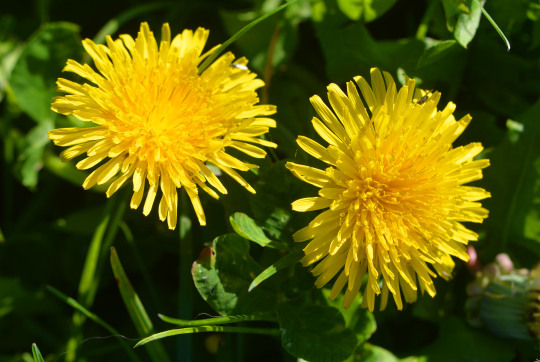
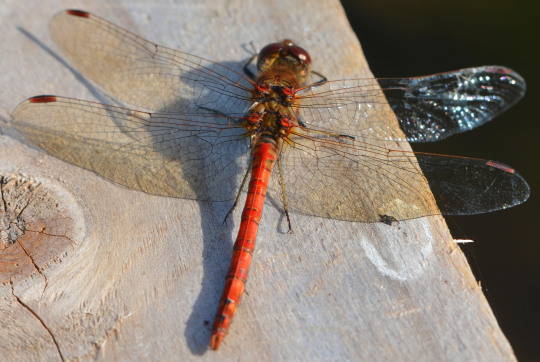

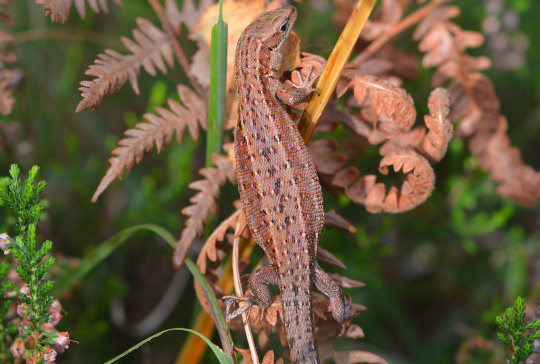

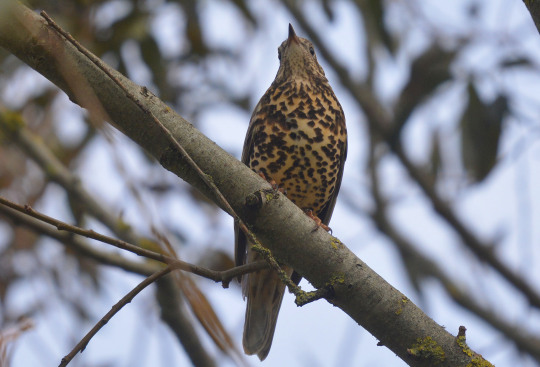
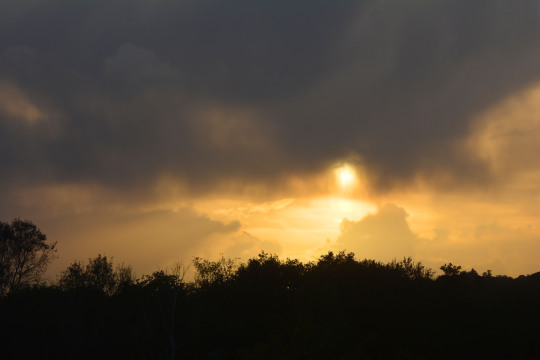

Ten of my favourite photos I took in October 2023 and month summary
The photos are of; fly agaric at Bolton's Bench in the New Forest, mushrooms at Pig Bush in the New Forest, dandelions out the front, Common Darter at Winnall Moors, Clouded Yellow out the front, Common Lizard at Bolderwood in the New Forest, New Forest Ponies at Leaden Hall, Mistle Thrush at Lakeside Country Park, a sky scene at Lakeside and autumn leaves in Winchester.
October seemed to fly by and it was a brilliant month of wildlife watching and taking photos again for me. It was a real surge into autumn with the vibrant, colourful and nourishing scenes as the coloured leaves put on their showstopping display, the flamboyant and fascinating mushrooms of fungi dominated and the rich golden angles of sunlight enchanted the month. Fungi was a key point of my October, as I was fortunate to see some of the key species of my year ones I always strive to see including fly agaric, amethyst deceiver, shaggy ink cap, common ink cap, pleated ink cap, yellow stagshorn, sulphur tuft, shaggy scalycap, parasol, poronia punctata (nail fungus) and turkey tail. Common puffball and the revelation of my autumn common earthball as well as a new one for me bleeding fairy helmet were other highlights of the many seen this month. For flowers the year naturally slowed down a bit, but species such as devil's bit scabious, daisy, oxeye daisy, Michaelmas daisy, dandelion, oxtongue one I loved delving into more this month, common toadflax, broad-leaved clover, white clover, white deadnettle, flowering gorse, bits of heather still in flower, hedgerow crane's-bill and tormentil brought beautiful colour to my walks still. As did rose hips, hawthorn and particularly holly berries this month as perhaps my best ever season for enjoying fruit continued. The colour of berry laden bushes and autumnal flair presented many fantastic opportunities to take in and photograph landscapes this month, with some gorgeous locations visited including lots in the New Forest which comes alive in autumn. From ever earlier sun setting and some sun rising scenes to the moon and rainbows in changeable weather it's been a top sky month for me too.
It was a fabulous insect month still with including in bits of unseasonably warm and sunny weather the Clouded Yellow being joined by one of the stars of the year Red Admiral with many seen again this month, Speckled Wood, Peacock, Brimstone and Small Copper with a pleasing amount of butterflies still about with a moth or two too which has been a key theme this month. Common Darter, Southern Hawker and Migrant Hawker continued to be very frequent sights for me this month having amazing experiences watching them, particularly at Winnall Moors and Lakeside. The Common Lizard alongside ladybirds and many spiders especially Long-bodied Cellar spiders with a fair few seen at home were highlights in other areas.
Onto birds and I had a brilliant month of thrushes, most excitingly witnessing the anticipated return of the Redwings at Lakeside and in the New Forest, a stalwart of the months ahead. The Mistle Thrush at Lakeside a key sighting this month, and away from thrushes there the Lesser Redpolls of the same day, Goldfinch, Cormorant, Buzzard, lots of Coots, the Ring-necked Parakeets, Long-tailed Tits enjoyed many times, Mute Swans, Jay enjoyed so many time another really key species of autumn and multiple Great Spotted Woodpecker and some Green Woodpecker views were other Lakeside highlights. Sparrowhawk, a wonderful couple of New Forest Woodlark sightings and Marsh Tit were other standouts this month. Finally onto mammals and alongside many great New Forest ponies and Fallow Deer encounters either seeing them or hearing the males bellow in the forest the big thing this month was seeing pigs out for pannage at Pig Bush and on journeys, the always surreal and marvelous site at this time of year as the New Forest commoner's turn out the pigs to gorge on the (harmful to ponies) acorns. Grey Squirrels and a magical Roe Deer encounter at Lakeside also stood out. Have a good November all.
#photography#birdwatching#october#2023#butterflies#common darter#red admiral#clouded yellow#brimstone#common lizard#long-bodied cellar spider#oxtongue#dandelion#fly agaric#fungi#amethyst deceiver#migrant hawker#dragonflies#reptiles#birds#mammals#pannage#pigs#fallow deer#new forest pony#woodlark#happy#outdoors#walking#walk
13 notes
·
View notes
Text



Efterårs-mosaikguldsmed (Aeshna mixta)
Han.
Migrant Hawker (Aeshna mixta)
Male.
#Efterårs-mosaikguldsmed#Aeshna mixta#Aeshna#Migrant Hawker#Mosaikguldsmed#Hawker#Aeshnidae#Dragonfly#Guldsmed#Odonata#Insekt#Insect#Sommer#Summer#Kølsen-Skals Engsø
10 notes
·
View notes
Text
Cast skins: evidence of rebirth

View On WordPress
#Aeshna grandis#Aeshna mixta#Brown hawker#Dragonfly#eclosion#exuvia#exuviae#hemimetaboly#incomplete metamorphosis#Larvae#Migrant hawker#Odonata#teneral
2 notes
·
View notes
Video
Migrant Hawker (Aeshna mixta) M by pete beard
Via Flickr:
#yovonespond #October
0 notes
Text
Alfred, Alexia, and the Dragonfly
The infamous video of Alfred and Alexia torturing a dragonfly and feeding it to the ants can be found twice on Rockfort Island. The first time, you see it in the room with the Lugers and then again in Alfred’s office as the startup of his PC. Of course, it has a deeply person meaning to Alfred. We know about his obsession with his sister, and Alexia is in there as well. Maybe the video is the only one with her or the last one that was taken before her cryogenic sleep. It makes sense that Alfred would hold dear something like this. But is it just about Alexia, or is there more to it? After all, we even have to watch it twice.
The twins do not talk the entire time and barely interact during the video. The only noteworthy interaction happens during the last scene, in which Alfred and Alexia share a knowing gaze. The way they look at each other makes it clear that there is more to the whole scene than what meets the eye. It had a deeper meaning, which only they could understand. A secret they share with each other. Words are not necessary.

When I first played Code Veronica X, I assumed the video mainly existed to show the cruel and twisted nature of the twins, while it also foreshadowed what Alfred would become. But after replaying the game last year, I changed my opinion. The video isn’t about Alfred and Alexia’s general cruelty or torturing of defenseless creatures. The content represents something more personal to them - their revenge on Alexander.
It was never said when the video was recorded, but the twins aren’t small children anymore. Based only on their appearance, I would estimate them to be between 10 and 12 years old. Now, considering the content of the video, I think it was recorded after Alfred discovered the truth about their origin and after they came up with a revenge plan as the earliest possible date. However, it is more likely that they had already executed their plan some time before.
Let’s take a closer look. First of all, the visual language. The ants symbolize Alfred and Alexia. Alexia sees herself as an ant queen and refers to Alfred as a soldier ant. The dragonfly is Alexander. It is more obvious for Alexia’s third form, but Alexander’s mutated form resembles a dragonfly too. He has three appendages on his back, similarly arranged like three of four wings of a dragonfly. Additionally, these appendages are long and thin, like insect legs. In Darkside Chronicles, he even uses them to move around. Also, Alexander’s real legs are bound together with the rug, which makes his lower body look vaguely like the elongated abdomen of the insect. The belts even give it a segmented appearance.
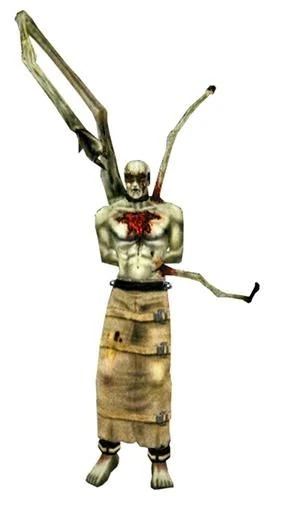

The last similarity isn’t related to the real animal but to an item. To activate the self-destruct system, you have to assemble a dragonfly key. On the underside of this key is a prominent red jewel in the middle of its thorax, similar to Alexander’s exposed heart.

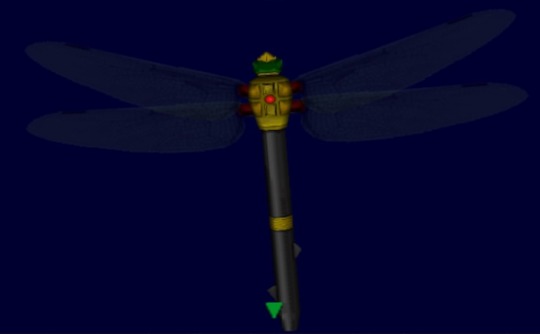
The dragonfly in the video is rather large. It has a blue abdomen with black markings and a yellow thorax. I tried to find out what dragonfly species we see there and found three possible candidates. One is the green hawker (Aeshna viridis), another is the southern migrant hawker (Aeshna affinis), and the last one is the emperor dragonfly (Anax imperator). (I’m not a dragonfly expert, though. Maybe there are other ones that fit better.)
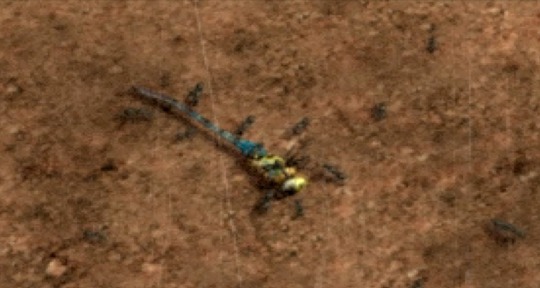
The abdomens of the green hawker and southern migrant hawker are also blue, the thorax is yellowish-green, and they have black markings on their bodies. The emperor dragonfly has an apple-green thorax rather than a yellow one, but it would fit the other criteria. Other dragonfly species with a similar color palette have either more black markings, differently colored spots on the abdomen, a different body shape, or are too small. In all three cases, only the males have this coloration. The females are green or yellowish green instead of blue. Selecting a male dragonfly specifically could be another reference to Alexander. As for the emperor dragonfly and the southern migrant hawker, contrary to the green hawker, they also inhabit Great Britain, which delivers another connection to Alexander. And while Alexander is, of course, only an earl, not an emperor, an emperor dragonfly could still refer in a wider sense to his peer status.

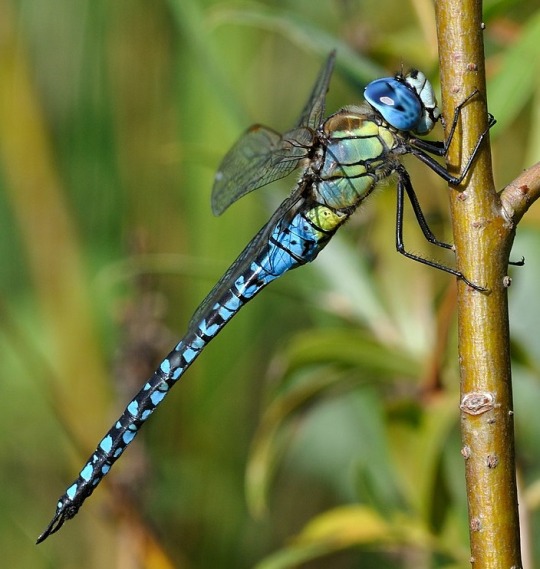

From left to right: green hawker (male), southern migrant hawker (male), emperor dragonfly (male).
The general events of the video reflect what happened to Alexander. Only Alfred interacts with the dragonfly. He was also the one who initiated the revenge plot after discovering the truth about himself and Alexia, as well as the one who suffered subjectively more under his father. Alexia stays passive the whole time and only watches her brother, while in real life, she is the one who has carried out the experiments, not Alfred. However, even if she does not join her brother here, Alexia still contributes by providing an instrument to execute the allegorical revenge - her ants (and the virus in reality).
Instead of simply killing the insect, Alfred rips out its wings, making it incapable of flying away. Like the dragonfly, Alexander was still alive when he met his fate. The twins tranquilized their father before Alexia injected him with the virus, which caused his transformation. Afterward, Alexander’s confinement continued, and he was chained for years in agony, probably awaiting his death if he was still capable of having coherent thoughts.
The dragonfly’s death is not in vain. Feeding the insect to the ants serves a purpose. The ants can feast on it, and the colony can grow. Alexander’s life wasn’t wasted either. Alexia directed Alfred’s revenge plans from simply killing their father to using him for research purposes. Their “useless father” could contribute for once to Alexia’s research and the Ashford family. Even though the experiment was a failure, Alexia was still able to use the data she required from it for her benefit.
Why all the effort with the cryptic symbolism? Alexander was a terrible father. Probably not intentional, but this isn’t an excuse. He took the childhood of the twins for the sake of his own ambitions. He used Alexia to fulfill what he could not achieve and disregarded Alfred for not being as intelligent as his sister. Finding out that they were the result of a genetic experiment was the final straw, especially for Alfred. Their father then got what he deserved, according to them. Alfred hated Alexander with a passion. It must have been a great feeling to get rid of him, and to celebrate it, he (maybe Alexia too) wanted a keepsake. Direct photos or videos of their father were out of the question. Alfred even wrote in his diary that they have to be careful so that Harman (their butler) doesn’t discover what has happened to Alexander. The dragonfly video works well. It is cryptic enough that no one could understand its meaning without more background knowledge. People who see it randomly would assume it is a disturbing and slightly eerie home video. Alfred and Alexia, on the other hand, know exactly what it is about. It’s so important to Alfred because it does not only show Alexia but also their victory over Alexander. The insects are nothing more than involuntary actors. The real dragonfly and what is happening to it is secondary. The symbolic meaning behind the dragonfly’s death struggle holds significance.
Some notes as a closure that didn’t fit in the rest of the text: What makes the video so creepy, except for the circumstances you find it in, is the twins’ acting. Without them and out of context, the dragonfly video wouldn’t even be that unsettling if you consider some facts. The video was recorded in the Antarctic base. Dragonflies do not inhabit Antarctica. This means the dragonfly was bred there. The twins did not randomly catch it for the purpose of torture. What’s the purpose of breeding dragonflies? I assume it’s for (virus) research. We know that Umbrella performed experiments on other invertebrates. So, if dragonflies are bred in the lab anyway, why not use some as a protein source for the ants as well? More common insects for feeding ants would be mealworms and meal beetles, house crickets, flies and fly larvae, roaches, and plant lice, though. Also, dragonflies are predators and attack everything they can overpower, including other dragonflies. And unlike ants, they can fly. It makes sense to remove the wings first to prevent it from flying away or attacking the ants. Sure, ripping out its wings and not killing it first is still cruel, but at least the ants will take care of this soon.
#resident evil#alfred ashford#alexia ashford#alexander ashford#ashford twins#🩸🌙#meta#re meta#uploading this video was the most bug-ridden thing i’ve ever encountered on tumblr#at least so far
15 notes
·
View notes
Text

Southern Migrant Hawker - Aeshna affinis #3 by Sven Damerow
11 notes
·
View notes
Photo

Guess I’ll die / This is fine - dragonfly with meme potential :D
Snapshot from our vacation at the Mecklenburg Lake Plateau. It was a beautiful week, lots and lots of hiking to bird and insect watching spots. We ticked many boxes of the “Lake Pokédex” with ospreys, white-tailed eagles, a bittern, red-backed shrikes, a golden oriole, kingfishers, scarce chasers, a migrant hawker, a brown hawker, common bluetails with alternate colorations (Shinys? :D) and absolute heaps of black-tailed skimmers, ruddy and scarlet darters. I’ll post photos of them in the next days :)
83 notes
·
View notes
Text


Al saw a right ruckus at work the other day. It was a Dragonfly being taken down by a Wasp. As Al approached the Wasp shot off leaving a struggling Migrant Hawker flailing in the moss.
After 2 failed attempts at flying Al moved it to sit on a Rose bush out the way of the mower. Unfortunately around half hour later they found it dead.
10/08/23
#vulture culture uk#vulture culture#oddities#taxidermy#bones#skull#skull collecting#animal skull#curiosities
9 notes
·
View notes
Photo
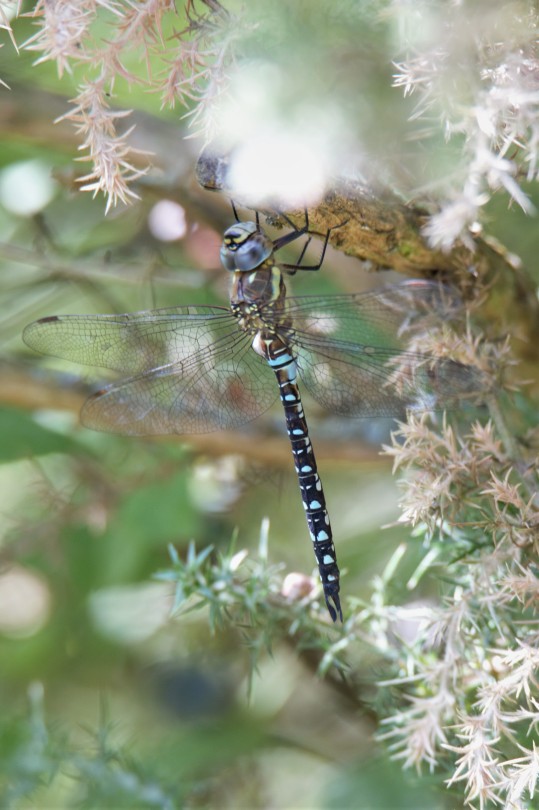
Migrant Hawker
#dragonfly#hawker#Summer#summertime#insects#macro photography#macro#photographers on tumblr#photographers on flickr#photographers on instagram#photographers on facebook#nature#nature photography#rspb#rspb love nature#rspb old moor#nature reserve
30 notes
·
View notes
Text



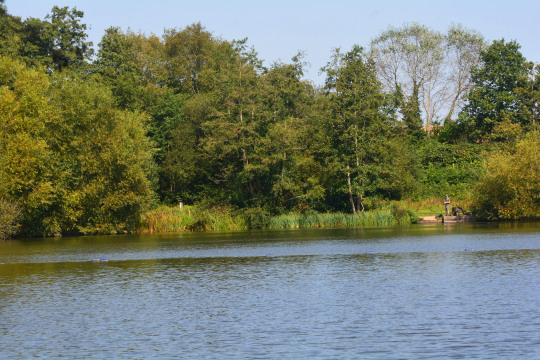
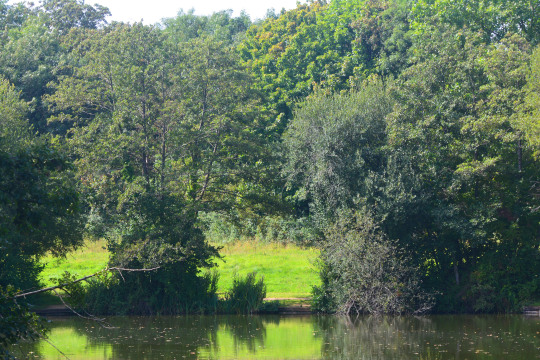


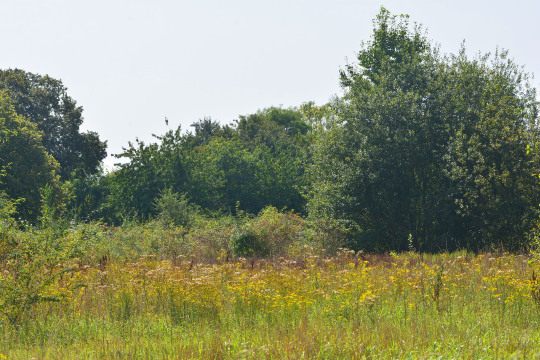

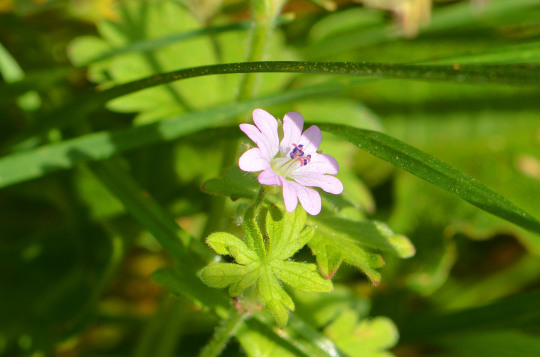
05/09/2023-Lakeside and home
Pictures taken in this set: 1. Beautiful hemp agrimony out the front which it was nice to make the most of as this comes to its end a bit, it seems to have gone so quick having it about this summer. 2, 4, 5 and 8. Views on another scorching and very sunny day at Lakeside. 3. Mossy rose galls at Lakeside. 6. Some of a few rose hips I enjoyed at Lakeside and in the front garden today shining in the sun, seeing some against blue sky looking great too as did hawthorn berries. 7. One of two beautiful Small White butterflies I enjoyed near each other and flying together at one point. 9. A grasshopper I was fixated on at the end of a smashing Lakeside lunch time walk. 10. A pretty crane's-bill, possibly a small-flowered crane's-bill on the green out the front I always like seeing these out here.
I was excited to see a colourful Kingfisher zip across Concorde lake, interestingly a year to the day that I photographed one on a Lakeside lunch time walk they are habitual in the time of year they're about here it seems. The Great Crested Grebes, a Swallow overhead, Chiffchaff, Blue Tit, Blackbird, Jackdaw, Collared Dove and Woodpigeon were other Lakeside bird highlights. It was great to see gorgeous Goldfinches shining in the bright light in the tree opposite the house at the end of my lunch time walk and see Starlings piling into feed and bath in the garden in some precious time watching the garden after work seeing House Sparrows then too. Stupendous views of balmy Brimstone, exotic looking Red Admiral and wholesome Small Copper completed a delightful array of butterflies seen on the walk. I got brilliant views of mesmerising Migrant Hawker again including two together beside Concorde Lake with female Common Darter seen well along the northern path and I saw my first Common Blue Damselfly for a little bit. It was good to see a hornet at Lakeside again. Other plant highlights at Lakeside were great willowherb, broad or purple leaved willowherb, water mint, creeping thistle, nightshade, scarlet pimpernel, red bartsia, pineappleweed, agrimony, blackberries and sloe, with yarrow on the green out the front and bits of stunning lavender out the front, steeplebush and some sunflowers still going enjoyed at home.
#photography#grasshopper#hornet#kingfisher#migrant hawker#small copper#brimstone#small white#red admiral#insects#birdwatching#birding#nature#2023#uk#earth#outdoors#happy#england#sunshine#sunny#scarlet pimpernel#plants#walking#walk#world#red bartsia#pineappleweed#europe
7 notes
·
View notes
Text

Efterårs-mosaikguldsmed (Aeshna mixta)
Hun
Migrant Hawker (Aeshna mixta)
Female
#Efterårs-mosaikguldsmed#Aeshna mixta#Aeshna#Migrant hawker#Mosaikguldsmed#Hawker#Aeshnidae#Dragonfly#Guldsmed#Odonata#Insekt#Insect#Sommer#Summer#Blåbærhøj
6 notes
·
View notes
Note
hey

Female dragonflies can lay hundreds of eggs during their adult lives, in batches over a few days or even weeks.
Endophytic eggs are elongated in shape and are laid into plant material. All damselflies and hawker dragonflies have scythe-like ovipositors and inject their eggs into plant stems or leaves, rotten wood or mud on or close to the surface of the water. Emerald damselflies and Migrant Hawkers inject their eggs into rush stems well above the water surface, while other hawkers lay into rotten wood or other debris just above the waterline (see Brown Hawkers, right). The Golden-ringed Dragonfly lays its eggs by hovering vertically and stabbing its abdomen into stream-beds.
Exophytic eggs are round in shape, laid in a jelly-like substance and are deposited loosely into water. Species that lay this type of egg include some emerald dragonflies as well as chasers, skimmers and darters. They do this by repeatedly dipping the tips of their abdomens into water, each time releasing one or more eggs that settle below the surface.
During egg-laying, male damselflies, chasers, skimmers and darters guard the females with which they have just mated, either by staying linked ‘in tandem’ or by flying in close attendance. Some female damselflies submerge completely to lay their eggs, often using their still-attached partner to pull them up again afterwards.
Eggs hatch either within 2–5 weeks or, in the case of the emerald damselflies and some hawkers and darters, the following spring.
#the cats meow#i was going to respond with a long row of “die die die die die die die#but I opted for copy pasting some COOL BUG FACTS : )#bugs#insects#Felix don’t look#happy dragonfly mating season!
3 notes
·
View notes
Text
Seeking Culture and Identity in Local Essentialized

Singapore as a multiculturalism country owns various culture and races, increasing people's sense of Singapore culture and identity is a manifestation of the essence of place. Because people settling in a country not only remain on the surface, such as basic needs - food, clothing, shelter and transportation, but also notice the underlying such as culture and identity.
The local essentialized of Singapore involves people's sense of identity and belonging to Singapore, which leads the country to become part of people's lives and shape their behavior and values. However, it might be some challenges in local essentialized. Due to made up of many different cultures and contexts in Singapore, it presents different cultural atmosphere and community characteristics that is difficult to form common culture. In addition, a large number of migrant workers, new immigrants and local people here results in diverse races in Singapore. But some policy and institutional racialization persists. For example, preferential measures in racial policies, racial classifications, etc., may exacerbate divisions and identity issues between races.
Although the local essentialized can strengthen the cohesiveness of people in Singapore, the lack of a common history and culture leads to blurred or split identity, and it is difficult and complicated to form a unified identity. Some racialized, hierarchical policies can also lead to disidentification with the state, leading to localism and exclusivity. And this is harmful to developing multiculturalism which is contrary to promoting the concept of Singapore. Therefore, it is not desirable to blindly emphasize the local essence, but also respect and tolerate foreign culture and multiple races.
Reference list:
Roots. sg. (n.d.). The History and Evolution of Singapore’s Hawker Culture. Www.google.com. Retrieved April 16, 2024, from https://images.app.goo.gl/K1HvFF27b4xM54mH7
0 notes
Text

Migrant Hawker, Aeshna mixta Canon 400D EF 100 2.8 f/4 1/400 iso: 400 Celakovice-Jirina, Czech Republic 9/24/2010
#Odonata#Dragonflies#hawkers#Aeshnidae#Insects#invertebrates#Wetlands#Macro#insectphotography#macrophotography#insect#canon#lepidoptera#savebutterflies#grasslands
0 notes
Text

A Southern Hawker dragonfly. This dragonfly is similar to the Migrant Hawker, but seems to have more green markings, according to my research!
0 notes
